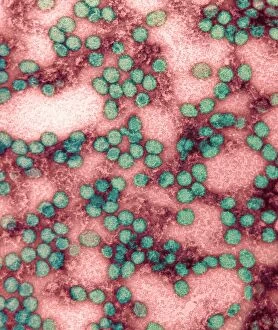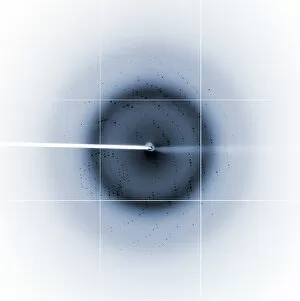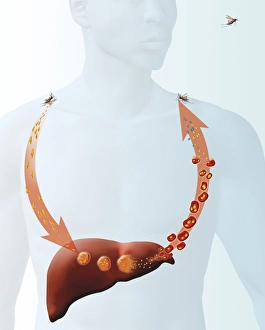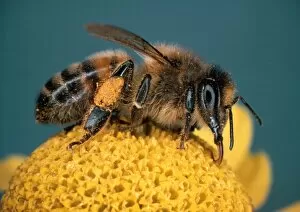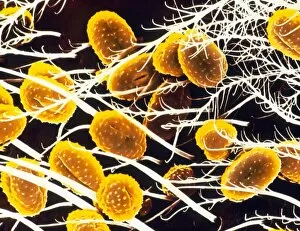Insect Borne Collection
"Insect-Borne: Unveiling the Intricacies of Viral Transmission" Delving into the microscopic world
All Professionally Made to Order for Quick Shipping
"Insect-Borne: Unveiling the Intricacies of Viral Transmission" Delving into the microscopic world, researchers capture stunning images of Yellow fever virus particles (TEM C016 / 9468) and St. Louis encephalitis virus particles (C016 / 9454), revealing their intricate structures. These captivating visuals offer a glimpse into the hidden realm where these insect-borne viruses thrive. Further exploration leads us to another snapshot, showcasing Yellow fever virus particles (TEM C016 / 9469) and St. Louis encephalitis virus particles (C016 / 9453). Each image tells a story of its own, highlighting the complexity and diversity within this group of pathogens. Amidst ongoing Chikungunya virus research, scientists tirelessly work towards unraveling its secrets. The intensity is palpable as multiple snapshots depict researchers engrossed in their investigations - an embodiment of dedication and perseverance. A breakthrough moment emerges when a diffraction pattern reveals itself - a key to understanding Chikungunya's structure at an atomic level. This milestone fuels hope for potential treatments or preventive measures against this debilitating disease that affects millions worldwide. In this journey through Chikungunya virus research, we encounter Felix Rey, a French virologist whose expertise has been instrumental in advancing our knowledge about this infectious agent. His contributions inspire future generations to pursue scientific excellence in combating insect-borne diseases. As we continue delving deeper into Chikungunya's mysteries, each new discovery brings us closer to unlocking effective strategies for prevention and treatment. With every step forward in our understanding of these insect-borne viruses, we empower ourselves with knowledge to protect vulnerable populations from their devastating impact on global health.


